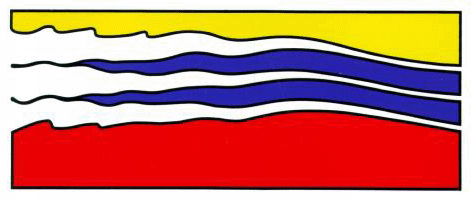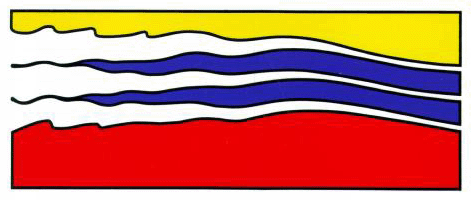
4111 Monarch Way, 3rd Floor
Old Dominion University
Norfolk, VA 23508
757-683-4940


During the ADELIE project, forty surface drifters were
deployed in the region of the Antarctic Slope Front and the Weddell
Front in conjunction with a hydrographic section crossing the
continental shelf and slope describing the outflow from the Weddell
Sea. The drifters were strongly steered by contours of f/h. Shear in
the mean flow made the dominant contribution to dispersion in the
along-f/h direction, but eddy processes were more important in
dispersing particles across contours of f/h. The flow was dominated by
three barotropic northward-flowing currents associated with frontal
features: the Antarctic Coastal Current, Antarctic Slope Front and
Weddell Front. The strongest baroclinic flows were confined between the
Slope Front and the Weddell Front over the steepest part of the
continental slope. The total transport snapshot across the ADELIE
section was 46 ±8 Sv, larger than previous estimates. The drifters revealed the pathways taken by water masses on the continental
shelf and slope, and likely also by passive particles such as krill
larvae. Some drifters were carried westward around the Peninsula; some
followed the 1000-m isobath to the east alongthe southern edge of the
South Scotia Ridge, and some became entrained in a large standing eddy
over the South Scotia Ridge. Particles tracked in an eddy permitting
ocean model ORCA show that the interannual variations in the numbers of
'krill' reaching South Georgia from the Antarctic Peninsula are likely
forced by changes in the wind forcing associated with the Southern
Annular Mode. Finally, I will discuss our forthcoming GENTOO project during which we will
deploy Seagliders to document the variability of physical, chemical and
biological parameters during an Antarctic summer in the northwest
Weddell Sea. A specially-designed small single-frequency echo sounder
has been installed into a Seaglider to measure acoustic backscatter for
assessing krill populations and dynamics. I will present some
preliminary results of the echo sounder from trial deployments. The
talk will end with the plans for the GENTOO fieldwork in early 2012 in
the Weddell Sea.
Dr. Heywood is a Professor of Physical Oceanography in the Meteorology, Oceanography and Climate Dynamics Group in the School of Environmental Sciences at the University of East Anglia in Norwich, UK. Her main research interests are in large scale observational oceanography. Regions currently being studied include the Southern Ocean, North Atlantic and the east coast of Greenland. Additionally, her research addresses the circulation, processes and dynamics of the polar oceans, the most critical part of the global climate system.

|
Innovation Research Park Building I 4111 Monarch Way, 3rd Floor Old Dominion University Norfolk, VA 23508 757-683-4940 |

|